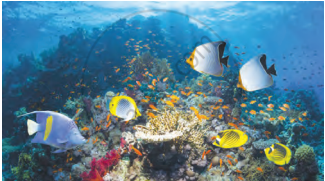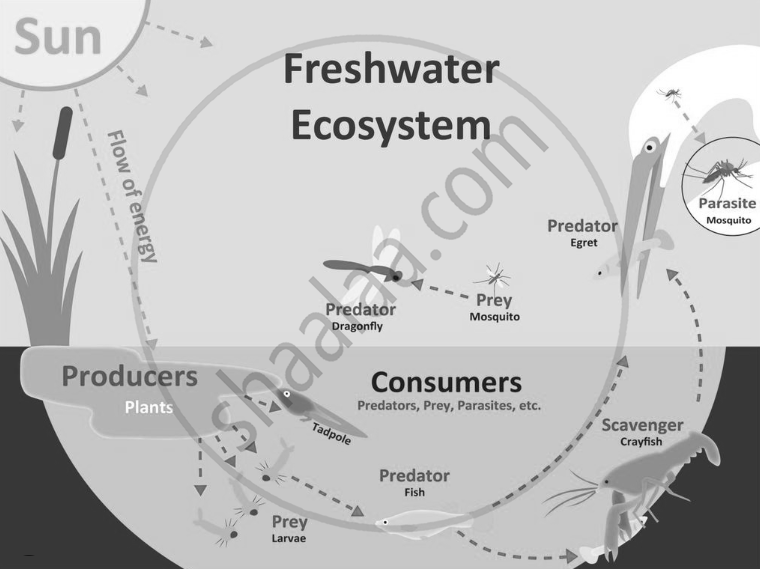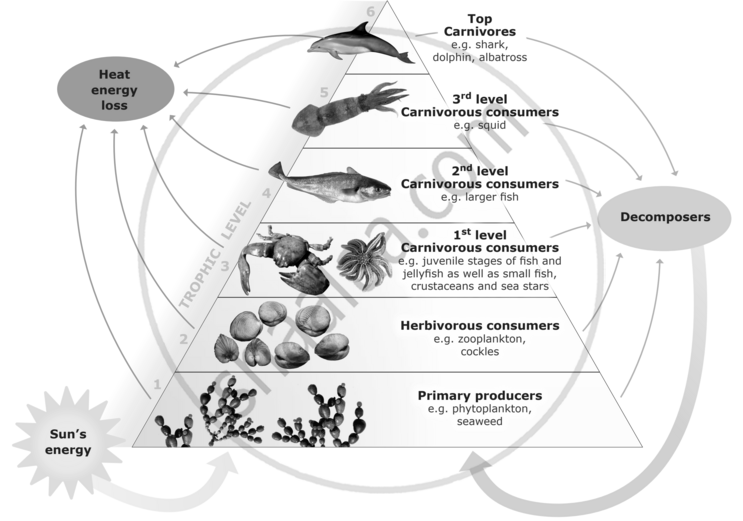Topics
Living World and Classification of Microbes
Health and Diseases
Force and Pressure
- Force
- Types of Force: Contact Force
- Types of Force: Non-Contact Force
- Balanced and Unbalanced Forces
- Inertia and Mass
- Types of Inertia
- Thrust and Pressure
- Pressure on Solids
- Pressure of liquid
- Gas Pressure
- Atmospheric Pressure
- Buoyancy Force (Upthrust Force)
- Archimedes Principle
- Density of substance and Relative density
Current Electricity and Magnetism
Inside the Atom
Composition of Matter
- Matter (Substance)
- Characteristics of Particles (Molecules) of Matter
- States of Matter
- The Solid State
- The Liquid State
- The Gaseous State
- Elements
- Types of Element: Metals
- Types of Element: Non-metal
- Type of Element: Metalloid
- Compound
- Types of Compound
- Mixture
- Types of Mixtures
- Solution
- Suspension Solution
- Colloidal Solution
- Molecular Formula of Compounds
- Valency
Metals and Nonmetals
- Types of Element: Metals
- Physical Properties of Metals
- Chemical Properties of Metal
- Types of Element: Non-metal
- Physical Properties of Non-metal
- Types of Element: Non-metal
- Chemical Properties of Non-metal
- Type of Element: Metalloid
- Uses of metals and nonmetals
- Nobel Metal
- Purity of Gold
- Corrosion of Metals
- Alloy
Pollution
- Pollution and Its Types
- Air Pollution and Its Causes
- Effects of Air Pollution
- Prevention of Air Pollution
- Water Pollution and Its Causes
- Effects of Water Pollution
- Prevention of Water Pollution
- Soil Pollution and its Causes
- Effects of Soil Pollution
- Prevention of Soil Pollution
- Relationship of Soil Pollution with Air and Water Pollution
- Laws for Control, Regulation, and Prevention of Pollution by Indian Government
Disaster Management
Cell and Cell Organelles
- Cell: Structural and Functional Unit of Life
- Prokaryotic and Eukaryotic Cell
- Plant Cell and Animal Cell
- Structure of the Cell
- Cell Wall - “Supporter and Protector”
- Plasma Membrane
- Cytoplasm - “Area of Movement”
- Nucleus - “Brain” of the Cell
- Endoplasmic Reticulum (ER)
- Golgi Apparatus - "The delivery system of the cell"
- Lysosome - “Suicidal Bag”
- Mitochondria - “Power House of the Cell”
- Plastids
- Non-living Substances Or Cell Inclusion
Human Body and Organ System
- Human Body
- Human Organ System
- Mechanism of respiration-Breathing
- Human Respiratory System
- Blood Circulatory System in Human
- Human Heart
- Blood Vessels
- Circulation of Blood in the Heart (Functioning of Heart)
- Heart Beat - Heart Sounds "LUBB" and "DUP"
- Blood
- Composition of Blood: Plasma (The Liquid Portion of Blood)
- Composition of Blood: Red Blood Cells (Erythrocytes)
- Composition of Blood: White Blood Cells (Leukocytes)
- Composition of Blood: Blood Platelets (Thrombocytes)
- Functions of Blood
- Blood Transfusion and Blood Groups (ABO and Rh system)
- Blood Pressure (B.P.)
- Heart Related Conditions
Introduction to Acid and Base
Chemical Change and Chemical Bond
Measurement and Effects of Heat
Sound
Reflection of Light
Man Made Materials
Ecosystems
Life Cycle of Stars
- Introduction of Aquatic Ecosystems
- Freshwater Ecosystem
- Marine Ecosystem
Introduction of Aquatic Ecosystems:
Aquatic ecosystems cover 71% of Earth's surface, making them vital for maintaining ecological balance and supporting diverse life forms. These ecosystems are classified into various types based on their salinity and habitat characteristics. They include freshwater ecosystems, like rivers, lakes, and ponds, as well as marine ecosystems, such as oceans, seas, and coral reefs. These ecosystems not only provide habitats for countless species but also serve as crucial sources of food, water, and oxygen for life on Earth.

Aquatic Ecosystem
Freshwater Ecosystem:
Freshwater ecosystems are characterised by water with low salt content and are essential for drinking water, agriculture, and supporting diverse species. It includes ponds, lakes, rivers, streams, and wetlands.
- It provides habitat for numerous species of plants, fish, and amphibians.
- Supplies fresh water for human consumption and agriculture.
Energy Flow:
Energy flows through these ecosystems via water currents and rivers, which carry nutrients and organic matter. Sunlight is the primary energy source, supporting photosynthetic organisms like algae and aquatic plants.

Role of Decomposers:
They are found at the bottom of water bodies; decomposers like bacteria and fungi break down dead plants and animals. These decomposers convert organic material into nutrients, enriching the water and sediment.
Flora and Fauna:
| Plants | Algae, water lilies, cattails, and duckweed. |
| Herbivores | Fish like tilapia and carp, as well as turtles and amphibians, feed on plants and algae. |
| Carnivores | Predatory fish like trout and pike, as well as aquatic birds like kingfishers and herons. |
| Omnivores | Crustaceans like crayfish and aquatic insects. |
Marine Ecosystem:
Marine ecosystems cover oceans, seas, and coastal areas, accounting for the largest portion of Earth's aquatic environment. These ecosystems are saline and host a wide variety of organisms. It includes oceans, seas, coral reefs, estuaries, and mangroves.
- It regulates the global climate by absorbing carbon dioxide and releasing oxygen and provides food resources like fish, shrimp, and seaweed.
- Supports industries like fishing, tourism, and pharmaceuticals.
- Oceans act as carbon sinks, mitigating climate change.
Energy Flow:
It starts with sunlight driving photosynthesis in plankton. Nutrients from ocean currents and upwelling zones support marine food chains.

| Marine Plants | 1. Plankton | Microscopic algae and phytoplankton are the foundation of the marine food chain. |
| 2. Seaweeds and Seagrasses | Found in shallow waters, providing food and shelter for marine organisms. | |
| Marine Animals | 1. Shallow Waters | Small fish, prawns, and crabs feed on algae and detritus. |
| 2. Deeper Waters | Larger fish like tuna and sharks act as secondary and tertiary consumers. | |
| 3. Ocean Floor | Rich in nutrients, where decomposers like bacteria and sea cucumbers break down organic material. |
Biodiversity,
- Coral reefs are rich in biodiversity, providing shelter to colourful fish, molluscs, and sea anemones.
- Open oceans support large marine animals like whales, dolphins, jellyfish, and squid.
- Coral reefs act as nurseries for many marine species.
- Deep ocean zones are home to unique creatures adapted to low light and high pressure.
- Both ecosystems are vital for maintaining marine food chains and ecological balance.
